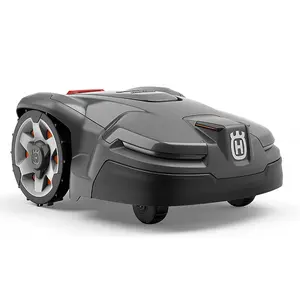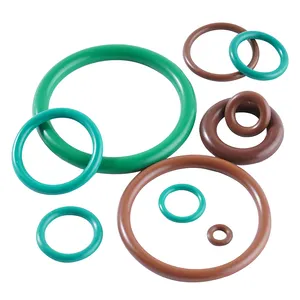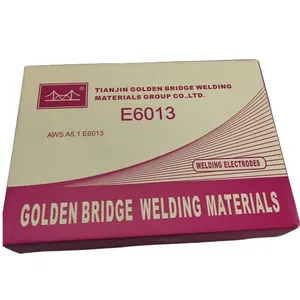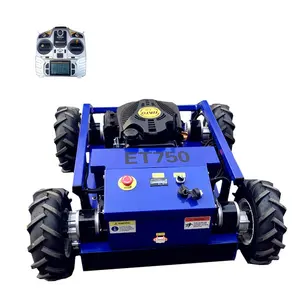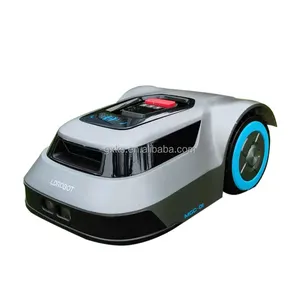Popular in your industry



























































Related Searches:







































































































































Top categories
About low speed angle grinder
Discover the Versatility of Low Speed Angle Grinders
The low speed angle grinder is a pivotal tool in a myriad of industrial and creative applications. Designed to deliver precision and control, these grinders operate at a reduced velocity, making them ideal for tasks that require a delicate touch or the ability to work with materials that are prone to overheating.
Types and Applications
From metalwork to carpentry, the low rpm angle grinder is a versatile companion. Its applications range from cutting and grinding to polishing and sanding. Users will find specific models tailored to their needs, whether it's a slow speed angle grinder for meticulous metal finishing or a low speed air die grinder for intricate woodwork.
Features and Materials
These grinders are engineered with features that enhance user experience and material longevity. The construction of a low speed angle grinder often involves robust materials that can withstand the rigors of both the environment and the task at hand. The design prioritizes ergonomic handling, safety, and motor efficiency, ensuring that each use is as comfortable as it is effective.
Advantages of Low Speed Grinding
The primary advantage of a slow speed angle grinder is its ability to provide greater control over the task, which is crucial when precision is paramount. Additionally, the lower speed reduces the risk of altering or damaging materials through excessive heat, a common concern with high-speed grinding.
Choosing the Right Grinder
Selecting the appropriate low speed angle grinder involves considering the nature of the job and the materials involved. Factors such as power source, disc size, and variable speed options play a significant role in determining the right tool for the job.
Environmental and Safety Considerations
Safety is paramount when operating any form of grinder. Low speed options often come with enhanced safety features, but it is always essential to follow best practices. Additionally, the environmental impact of tool use is mitigated by the efficiency and longevity of these low-speed models.

